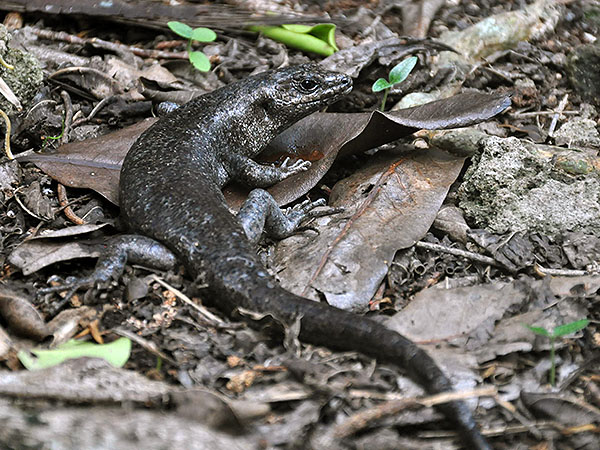Aldabra Burrowing Skink (“Scelotes” sp.)
This taxon is known from fossil remains that were recovered from deposits on Grande Terre, the largest of the island that form the Aldabra Atoll in the southern Seychelles.
However, given the fact that this genus currently occurs only in southern Africa, it is rather likely that the remains from Aldabra may have been misidentified.
The species might have reached a size of about 15 to 18 cm (including the tail).
*********************
References:
[1] E. N. Arnold: Fossil reptiles from Aldabra atoll, Indian Ocean. bulletin of the British Museum (Natural History). Zoology 29(2): 83-116. 1976
*********************
edited: 02.03.2024



